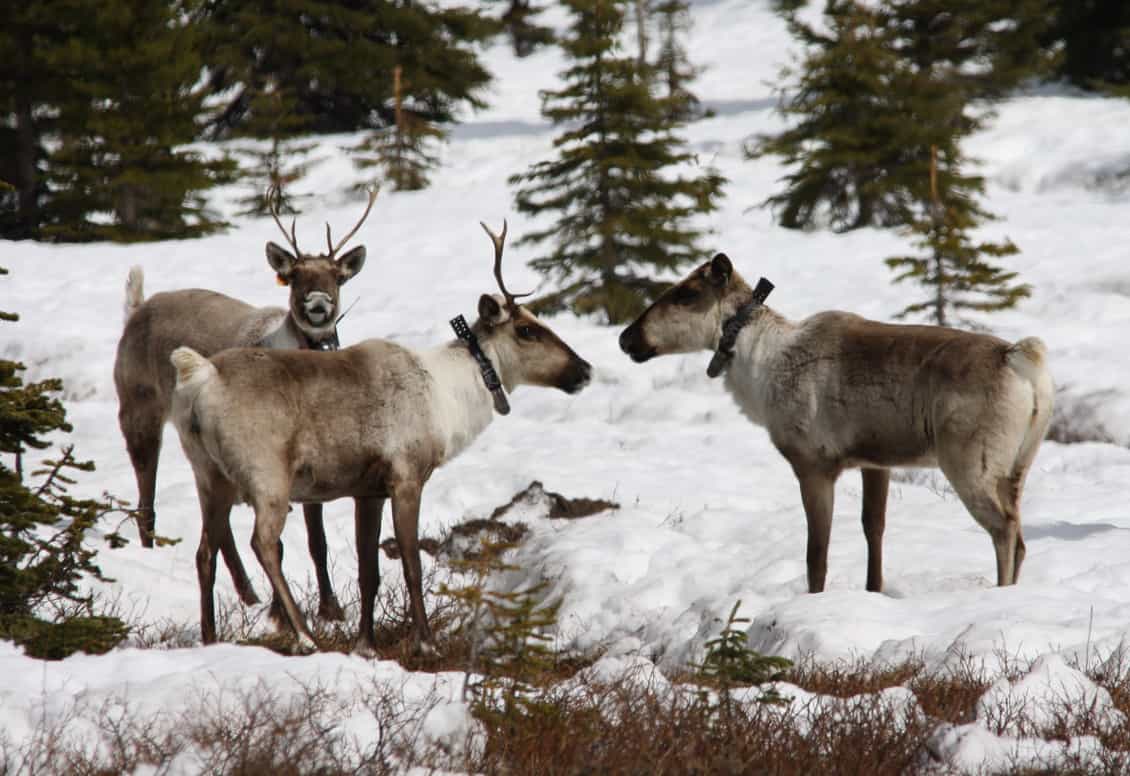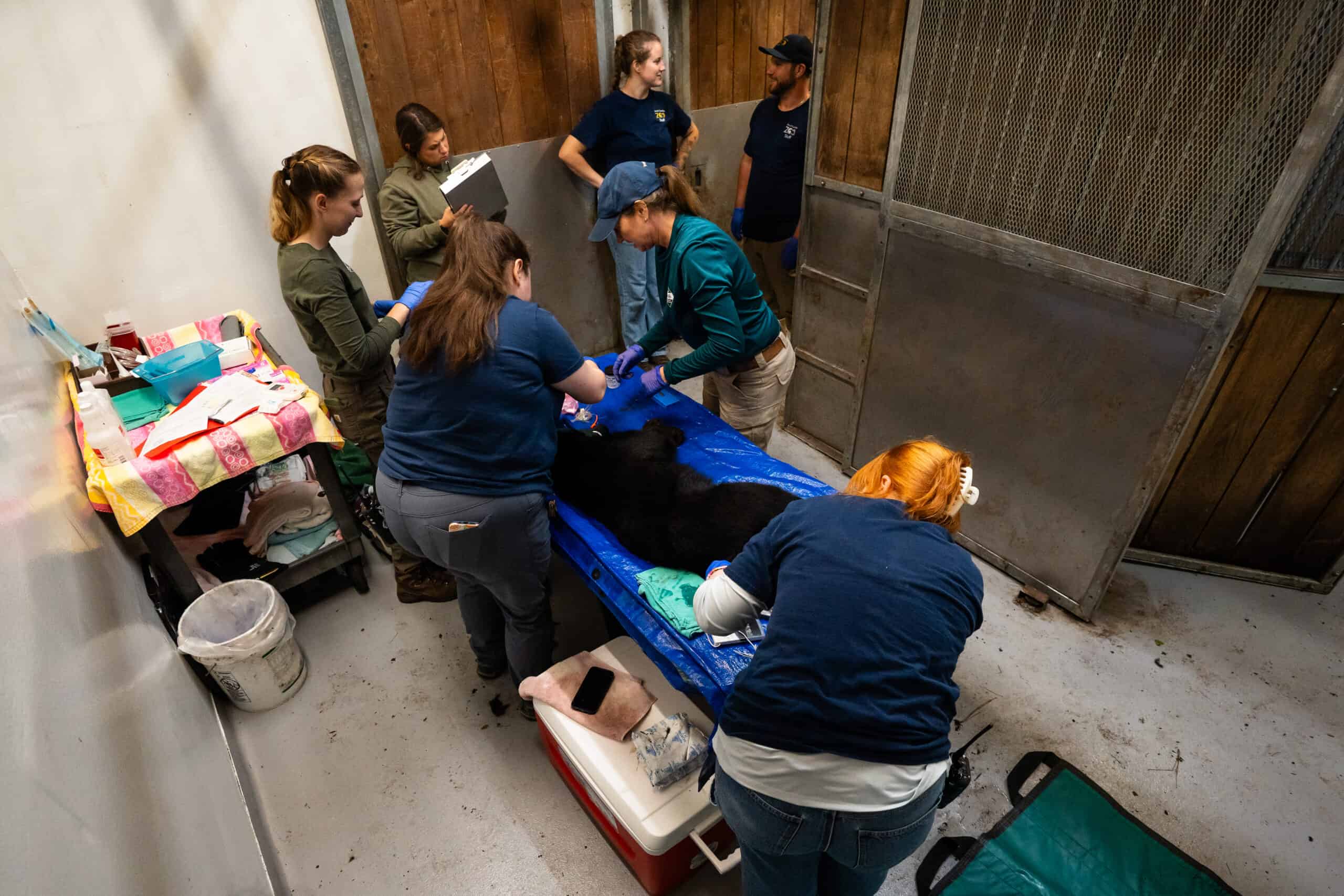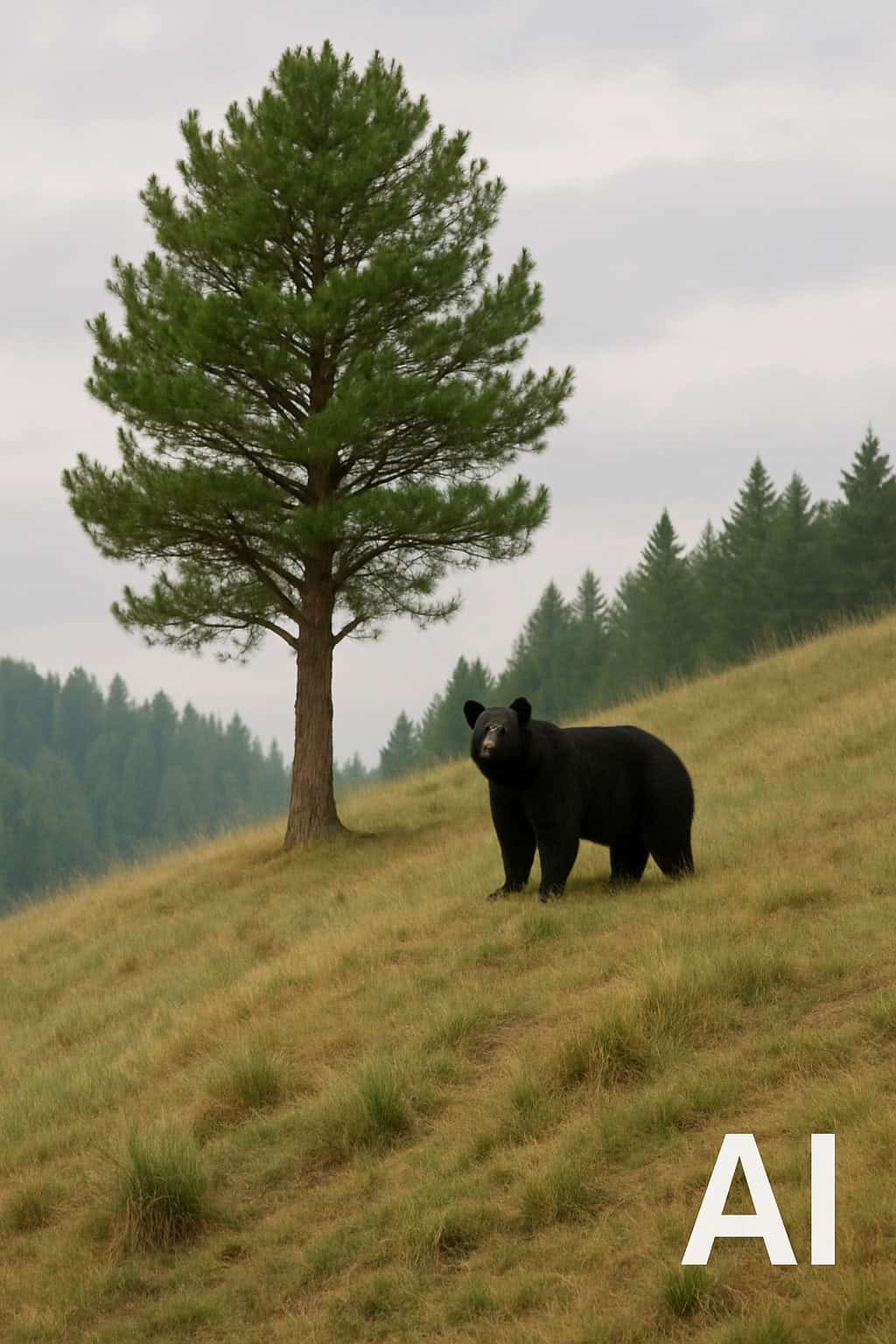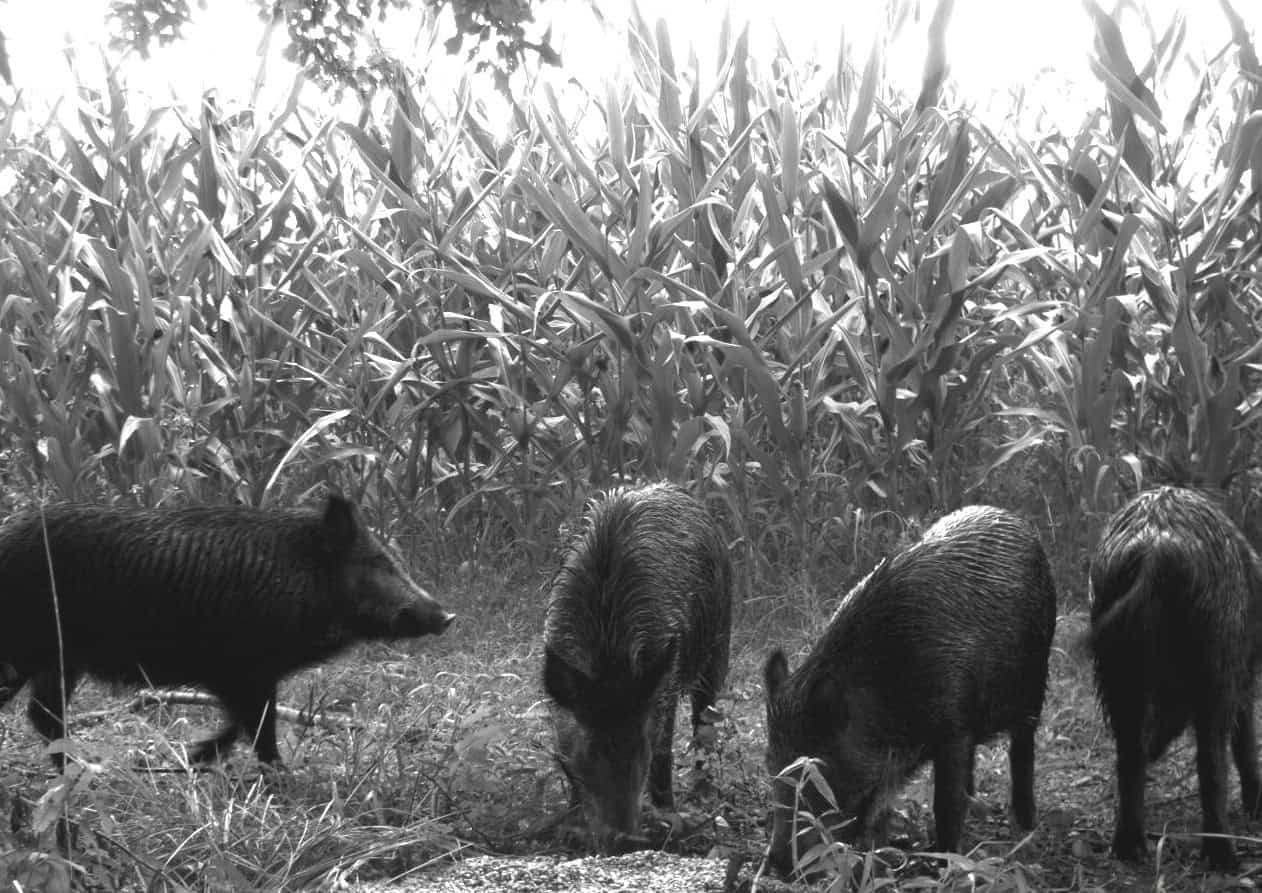Share this article
Q&A: A call to ‘braid’ Indigenous rights and endangered species laws
Indigenous leaders and researchers say recovery targets fall short for culturally important species
Endangered species laws can help protect wildlife from becoming extinct, but for Indigenous communities, they may not go far enough to restore the abundance of culturally important species.
In a recent paper published in Science, a team of authors, including Indigenous leaders and researchers from Canada and the U.S., address what they see as a gulf between these two goals and the importance of “braiding Indigenous rights and endangered species law.”

Using three North American keystone species—caribou, bison, and salmon—they argue for the need to establish recovery targets that restore wildlife abundance beyond minimal viable populations.
In an email exchange, TWS member Clayton Lamb, the co-lead author of the paper and a professor at the University of British Columbia Okanagan, and his colleagues Ally Menzies, a TWS member at the University of Guelph in Ontario, and Mateen Hessami, at the University of British Columbia, talk about what braiding endangered species law and Indigenous rights could look like. Their answers were edited for brevity and clarity.
This is a pretty unique collaboration. How did this paper come about?
The central issue—the abundance of culturally-significant species is too low and current legislation won’t adequately protect them—is a common concern we hear from communities we work with. Most of the authors also directly experience this diminished abundance while out hunting, gathering or just spending time on the land. However, despite the issue frequently coming up within our respective circles, we had never formally come together and recognized how this issue was common across North America and spanned from sea to land.
The spark for the work actually came from Chief Roland Willson, while working on a draft of a co-developed paper highlighting the Indigenous-led recovery of an endangered mountain caribou herd. Chief Willson pointed out that although they had been successful at averting the extirpation of caribou and tripling their abundance in less than a decade—an unprecedented feat—there would need to be many more caribou to provide more than a single meal for each community member in his community (West Moberly First Nations) and the neighboring community also involved in the work (Saulteau First Nations).
What do you see as the tie between Indigenous rights and endangered species laws?
The foundation of many Indigenous cultures is strong, healthy relationships to the environment; knowledge, teachings, values, language and customs stem from Creation and Natural Law. So, Indigenous Peoples’ right to practice their culture, learn their language and acquire their knowledge are linked to any law or policy that affects the health of the environment and the capacity to maintain strong relationships to it.
The United Nations Declaration on the Rights of Indigenous Peoples states that Indigenous Peoples have a right to maintain distinct spiritual relationships with their traditional lands, now and for future generations. This requires access to abundant and healthy species, which is where endangered species law could play a role.
There are many synergies between Indigenous Rights and Endangered Species laws. For example, both are concerned with species abundance. The tension we highlight in the paper lies in the degree to which each intends to restore abundance to historic levels and to rekindle relationships. We envision that if brought together, they could be vehicles to reconciliation—balancing inequities between Indigenous and non-Indigenous people will improve relationships and government-to-government collaboration.
You looked at three species in particular—caribou, bison and salmon. Why those species?
These species define the culture, customs and identities of many Indigenous nations in both Canada and the U.S. As these iconic species have declined, so too has peoples’ relationship to them, especially through hunting and all the knowledge that goes into hunting the animals, stewarding their habitat and time-honored methods to process and use different parts of the animal.
The abundance of culturally-important species is tightly linked to culture. Indigenous Peoples are finding creative ways to keep these traditions alive while abundance is low, but recovery of these species needs to be a top priority to sustain the knowledge, culture and relationships that surround them.
You suggest that endangered species laws may be inadequate for culturally meaningful abundance. What do you mean by that?
Occurrence is different than abundance. Meaningful abundance means different things for different communities, but current laws do not do enough to consider Indigenous peoples’ definitions of “recovered,” which means enough for sustainable harvest for food and culture.
Traditional relationships to species require more than just a certain number of animals. They need to be accessible, so people can interact with, harvest and learn from them. They need to healthy, so that people who rely on them for food can continue to eat them. It is not enough that an animal simply exists on the landscape; there needs to be a relationship to it for it to be meaningfully recovered.
How would caribou abundance, for instance, look different from an endangered species law perspective than from an Indigenous rights perspective?
It is our view that current endangered species laws target minimal viable population sizes, which is just enough animals to keep the species around but likely too few to provide meaningful harvest. For southern mountain caribou, the recovery goal is summarized by the population and distribution objectives, all of which need to be satisfied to be considered recovered. We focused on the lower population objective. There are goals that allude to more animals and commitments to harvest that would be consistent with Indigenous rights.
We are encouraged to see the increasing role Indigenous Rights are playing in recovery plans and we suspect there will likely be more of this in the future, which is great. The true test will be whether recovery plans can produce the abundance to allow for a harvest that is consistent with Indigenous rights. To date this has not been achieved for southern mountain caribou. Since the creation of Canada’s Species at Risk Act in 2002, southern mountain caribou have declined by approximately half, and about 20% of the subpopulations have become functionally extinct. In recent years, due in part to the Species at Risk Act, there has been a modest increase in the population, which provides some hope and perhaps allows for cautious optimism.
What is the solution? What might braiding Indigenous rights and endangered species laws look like?
The solution varies at a fine scale between each ecological system and governance scenario. At a large scale, the solution is being played out by West Moberly and Saulteau First Nations, and the many Indigenous governments committed to the Buffalo Treaty, salmon re-wildling, the Great Bear Rainforest and other emerging initiatives.
What kind of response have you received?
We’ve received an overwhelmingly positive response, and it’s been amazing to hear and learn from the many folks who have reached out to us. It seems like the gap we’ve highlighted is widespread and increasingly recognized in many parts of the world and for many other species. We hope this is an indicator of a shift in the mindset of society at large and, moving forward, the laws and policies that govern wild species.
Header Image: Caribou from the Klinse-Za herd in northeastern British Columbia. Credit: Line Giguere, Wildlife Infometrics








